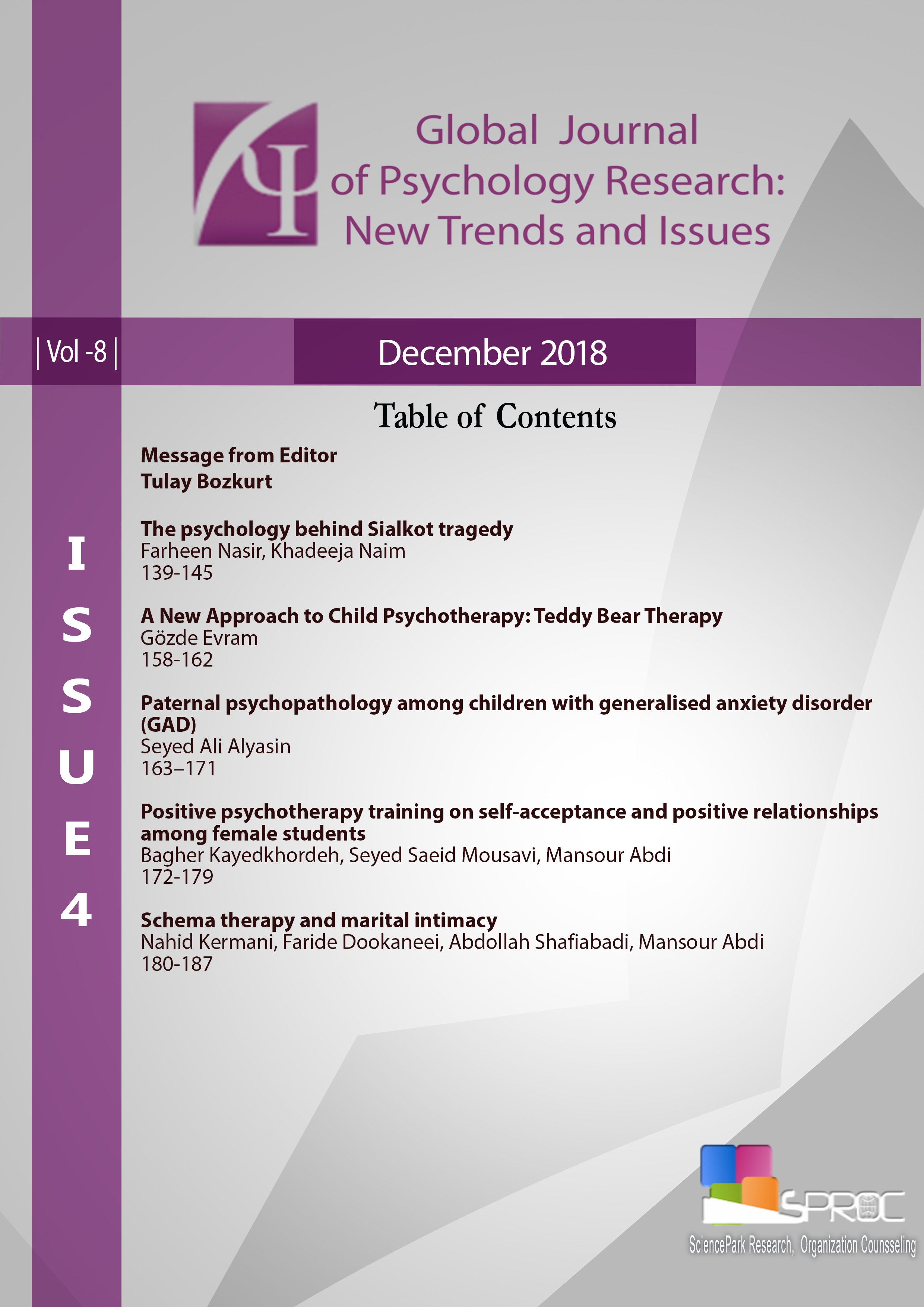The psychology behind Sialkot tragedy
Main Article Content
Abstract
Objective: This paper analyzes the Sialkot tragedy which had happened in Sialkot, Pakistan in 2010 in which two innocent brothers were lynched in broad daylight and in front of hundreds of people including policemen, thus committing sin of violence, and cruelty. Method: Archival research was done to explore two important questions; what had led to the killing of those innocent boys and why didn’t anyone do anything to stop it? Result: Detailed analyses of the case revealed the following causal elements with significant role; conceptualization of self and that of the other, semantic framing and stereotypic labeling, psychological distancing, rationalization, obedience to authority, deindividuation, and evil as inaction. Conclusion: It is important to note that these factors need not be antecedently conditional or necessary for the prevalence of malignant behaviors but helps to understand their impact under negative circumstances.
Keywords: violence; cruelty; malignant behavior
Downloads
Article Details
References
Biron, D. G., Ponton, F., Marché, L., Galeotti, N., Renault, L., Demey-Thomas, E., . Thomas, F. (2006).
'Suicide' of Crickets Harbouring Hairworms: A Proteomics Investigation. Insect molecular biology
15(6), 731-742. Retrieved on December 2014 from http://www.ncbi.nlm.nih.gov/pubmed/ 17201766
Buss, D. M. (2001). Human Nature and Culture: An Evolutionary Psychological Perspective. Journal of Personality 69.6, 955-978.
Dweck, C. (2006). Mindset: The New Psychology of Success. New York: Random House.
Hare, R. D., Clark, D., Grann, M., & Thornton, D. (2000). Psychopathy and the Predictive Validity of the PCL-R: An International Perspective. Behavioral Sciences and the Law, 623-645.
Ikram, M. (2010). Lessons from Sialkot tragedy. Retrieved on January 2015 from http://pkpolitics.com/2010/08/29/lessons-from-sialkot-tragedy/
Kassimeris, G. (2006). The Barbarisation of Warfare. C Hurst & Co Publishers Ltd.
Latané, B., & Darley, J. (1968). Bystander Intervention in Emergencies: Diffusion of Responsibilities. Journal of Personality and Social Psychology, 8, 377-383.
Leedom, L. (2007). Are they just evil people? Retrieved on December 2014 from Love Freud: https://www.lovefraud.com/2007/06/29/are-they-just-evil-people/
Leyens, J.-P., Paladino, P. M., Rodriguez-Torres, R., Vaes, J., Demoulin, S., Rodriguez-Perez, A., & Gaunt, R. (2000). The Emotional Side of Prejudice: The Attribution of Secondary Emotions to In-groups and Out-groups. Personality and Social Psychology Review 4, 186-197.
Pagels, E. (1995). The Origin of Satan. New York: Random House.
Patrick, C. J. (2007). Handbook of Psychopathy. Guilford Press.
Russell, J. B. (1992). The Prince of Darkness: Radical Evil and the Power of Good in History. Cornell University Press.
Ross, L. (1997). The intuitive psychologist and his shortcomings: Distortions in the attribution process. Advances in experimental social psychology, 10 , 173-220.
Shakespeare, W. (1603). Hamlet.
Tajfel, H. (1970). Experiments in Intergroup Discrimination. Scientific American, 223, 96-102.
The New York Times. (1964, March 13). Thirty-Eight Who Saw Murder Didn't Call the Police.
Tompkins, R. (2009, February Thursday). Why Does God Allow Evil? Retrieved on December 2014 from Explore Truth Ministries: http://exploretruthministries.blogspot.com/2009/02/why-does-god- allow-evil.html
Usman, A. (2011). Sialkot brothers’ deaths: Justice catches up with lynchers. Retrieved on January 2015 from http://tribune.com.pk/story/256571/verdict-seven-given-death-sentence-in-sialkot- lynching-case/
Zimbardo, P. (2007). The Lucifer Effect. New York: Random House.
